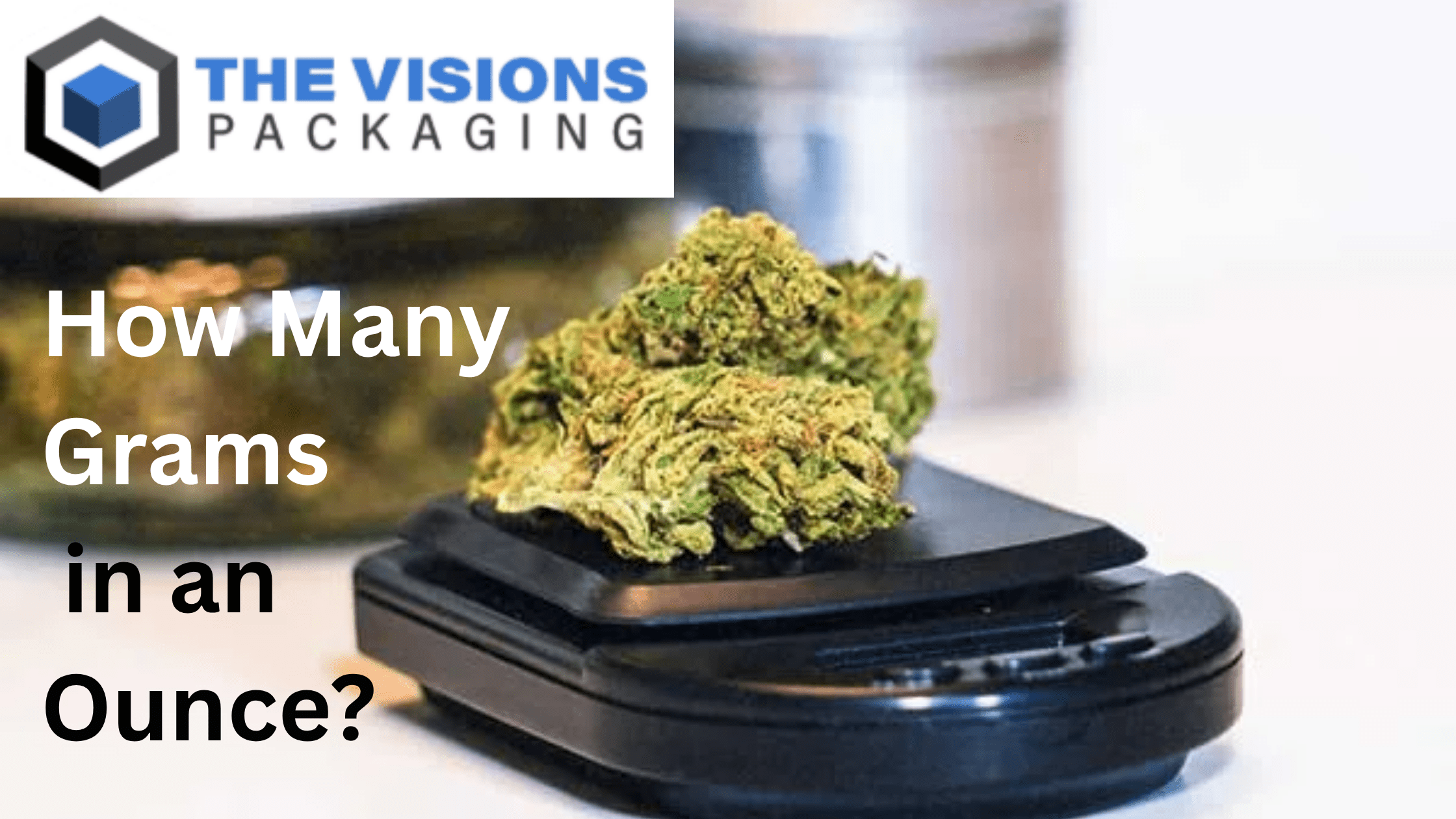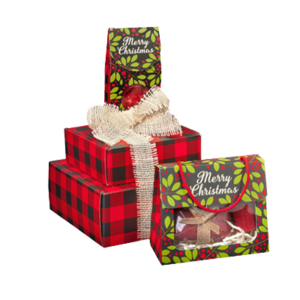When it comes to measurements, especially in cooking, baking, and product packaging, the question “How many grams are in an ounce?” often comes up. Whether you’re preparing a recipe, weighing jewelry, or understanding product labels, knowing how to convert ounces to grams (and vice versa) is incredibly useful.
This guide breaks down everything you need to know — from simple conversions to practical applications in daily life and industries like packaging, food, and science.
Basic Conversion: How Many Grams Are in an Ounce?
Let’s start with the most straightforward answer:
1 ounce (oz) = 28.3495 grams (g)
This is the exact value in the avoirdupois system, which is used in the United States and most English-speaking countries. It’s the standard for measuring everyday items like food, liquids, and consumer goods.
However, it’s important to note that not all ounces are the same. There are two main types of ounces:
Avoirdupois ounce – used for most everyday weights (1 oz = 28.3495 grams)
Troy ounce – used for precious metals like gold, silver, and gemstones (1 troy oz = 31.1035 grams)
Why the Confusion? Ounces vs. Grams Explained
The confusion between grams and ounces often arises because different regions use different measurement systems:
The Metric System (grams, kilograms) – used globally and considered more precise.
The Imperial System (ounces, pounds) – still commonly used in the United States.
For example:
In the U.S., a recipe might call for 8 ounces of sugar.
In Europe, the same recipe would list 225 grams of sugar.
That’s why understanding how to convert these units helps avoid mistakes in recipes, packaging, and trade.
Ounces to Grams Conversion Chart
Here’s a quick reference chart to help you convert ounces to grams instantly:
| Ounces (oz) | Grams (g) |
|---|---|
| 1 oz | 28.35 g |
| 2 oz | 56.70 g |
| 3 oz | 85.05 g |
| 4 oz | 113.40 g |
| 5 oz | 141.75 g |
| 6 oz | 170.10 g |
| 8 oz | 226.80 g |
| 10 oz | 283.50 g |
| 12 oz | 340.20 g |
| 16 oz (1 lb) | 453.59 g |
| 32 oz (2 lbs) | 907.18 g |
This chart makes it easy to convert at a glance, whether you’re in the kitchen or working in packaging and production.
Easy Formula for Converting Ounces to Grams
If you want to calculate manually:
Grams = Ounces × 28.3495
Example:
Let’s say you want to know how many grams are in 5 ounces.
Just multiply:
5 × 28.3495 = 141.7475 grams
So, 5 ounces equals approximately 141.75 grams.
Converting Grams to Ounces
Sometimes, you need to convert in the opposite direction. To convert grams to ounces, use this formula:
Ounces = Grams ÷ 28.3495
Example:
How many ounces are in 500 grams?
500 ÷ 28.3495 = 17.637 ounces
So, 500 grams is roughly 17.64 ounces.
Practical Examples in Everyday Life
Let’s explore where these conversions matter most:
1. Cooking and Baking
Recipes from different regions often list ingredients in different systems:
100 grams of flour = 3.5 ounces
250 grams of butter = 8.8 ounces
1 ounce of chocolate = 28 grams
Accurate conversions ensure your dishes turn out perfectly balanced in flavor and texture.
2. Health and Fitness
Nutritional information, especially on supplements or protein powders, may list serving sizes in grams or ounces.
For example:
30 grams of protein powder ≈ 1.05 ounces
Understanding this helps track macronutrients accurately.
3. Jewelry and Precious Metals
In jewelry trading, troy ounces are used:
1 troy ounce = 31.1035 grams
So, if a gold coin weighs 3 troy ounces, it equals 93.31 grams.
4. Packaging Industry
Manufacturers often measure packaging material weight in grams to maintain precision.
For instance, a 4 oz candle jar would be labeled as approximately 113 grams in metric markets.
The conversion helps maintain consistency across global product listings.
Ounces in Liquids (Fluid Ounces vs. Weight Ounces)
One common misconception is mixing fluid ounces (fl oz) and ounces (oz).
They sound similar but measure different things:
Ounces (oz) → measure weight (mass)
Fluid ounces (fl oz) → measure volume (liquid capacity)
For example:
1 ounce of honey doesn’t weigh the same as 1 ounce of water, because honey is denser.
1 fluid ounce of water ≈ 29.57 milliliters (ml)
So, when converting, always check if the reference is for weight or volume.
Conversions in Packaging & Shipping
In industries like custom packaging, cosmetics, or food production, precise weight conversion is vital.
Product labels, international shipping documents, and ingredient lists often require both grams and ounces.
Example:
A product labeled:
“Net Weight: 12 oz (340 g)”
helps international consumers understand the exact quantity.
Why it matters:
Ensures compliance with regional regulations
Improves customer clarity
Builds trust and transparency in product labeling
Whether it’s custom soap boxes, cosmetic jars, or candle packaging, accuracy in weight conversions ensures consistency across markets.
Historical Background: Why Two Systems Exist
The metric system originated in France during the 1790s and was later adopted globally because of its simplicity.
The imperial system, however, evolved from British standards and was later maintained by the U.S.
Grams (g) come from the metric system, based on the decimal system (multiples of 10).
Ounces (oz) belong to the imperial system, based on fractions (16 ounces in a pound).
While the metric system is more precise and widely used in science and manufacturing, the imperial system remains common in U.S. households and commerce.
Scientific Applications
In laboratories and research fields, grams are the standard. Scientists require high precision — often measuring down to milligrams (mg) or micrograms (µg).
For example:
1 mg = 0.001 grams
1 gram = 0.0353 ounces
In scientific measurements, using grams reduces rounding errors, which is why global researchers prefer the metric system.
Real-World Comparison of Common Items
Here’s how everyday items compare between grams and ounces:
| Item | Approximate Weight | Grams | Ounces |
|---|---|---|---|
| A slice of bread | 1 oz | 28 g | |
| A medium apple | 6 oz | 170 g | |
| A standard chocolate bar | 3.5 oz | 100 g | |
| A cup of rice | 7 oz | 200 g | |
| A T-shirt | 5 oz | 142 g | |
| A smartphone | 6 oz | 170 g |
These examples help visualize the conversion in real-life situations.
Why You Should Know Both Units
In a globalized world, where products are traded internationally and recipes are shared across borders, understanding both grams and ounces is practical and valuable.
For businesses: It ensures compliance with packaging laws and import/export standards.
For consumers: It prevents confusion while shopping online or comparing nutritional values.
For students and professionals: It’s essential in fields like science, engineering, and culinary arts.
Quick Conversion Tips
Memorize the key number: 1 oz = 28.35 g
Use online converters or smartphone apps for accuracy.
Round off smartly: For kitchen or small-scale uses, rounding to 28 grams per ounce is acceptable.
Differentiate between troy and avoirdupois ounces for metals and standard goods.
When in doubt, check labels: Many products list both units for convenience.
Extended Conversion Reference
Here are more conversions to make your life easier:
| Grams | Ounces |
|---|---|
| 50 g | 1.76 oz |
| 75 g | 2.65 oz |
| 100 g | 3.53 oz |
| 250 g | 8.82 oz |
| 500 g | 17.64 oz |
| 750 g | 26.46 oz |
| 1000 g (1 kg) | 35.27 oz |
Key Takeaways
✅ 1 ounce = 28.3495 grams (standard conversion)
✅ 1 troy ounce = 31.1035 grams (for precious metals)
✅ Both units measure weight but belong to different systems.
✅ Conversion accuracy matters in recipes, packaging, and trade.
✅ Understanding both helps in international communication and product labeling.
Final Thoughts
Whether you’re a chef, packaging designer, jeweler, or student, knowing how many grams are in an ounce is a practical skill that bridges the metric and imperial worlds. It ensures accuracy, consistency, and professionalism across various applications.
From cooking measurements to product weights, this simple conversion—1 ounce = 28.35 grams—helps make sense of global standards. The more you use it, the more naturally it becomes part of your everyday thinking.
So, the next time you’re reading a recipe, checking product labels, or managing custom packaging specifications, you’ll know exactly what those numbers mean—and why they matter.





